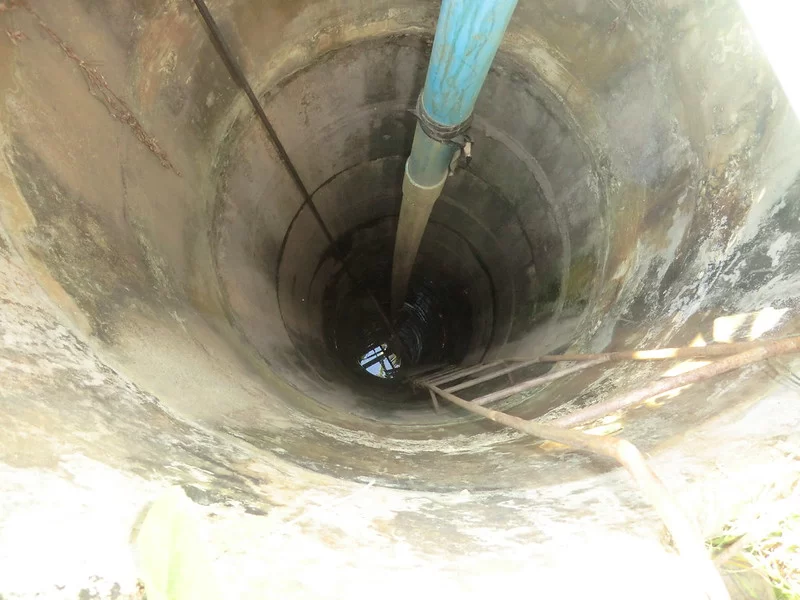We’ve all uses a stud finder before. They are extremely handy for determining where studs are and where you should be putting nails for pictures or screws to hang that load-bearing shelving kit.
The challenge is that most of the stud finders are only good for locating studs. Additionally, many of them are restricted to only working on residential grade sheet rock. If you ever have a scenario where are you are trying to find studs through thicker sheetrock, many of the cheaper grade stud finders are useless.

Now, there are more expensive commercial grade stud finders that truly are amazing. Many of these also have the ability to locate wires and pipes through the wall in addition to finding studs. These stud finders with additional abilities, are often called multi-scanners or multi-functional scanners.
The added capabilities are nice, because they can help you avoid wires that might cause of electrocution, or metal pipes that could be costly to replace if you punctured them.
However, there is a new stud finder on the market that interfaces with your phone. Similar to how the well-known FLIR ONE device connects to your phone and detects heat, a new device called the Walabot Connects to your phone and detects studs. Here’s a comparison between the FLIR One and The Walabot: https://www.tooltally.com/walabot-vs-flir-one/
Walabot Review, Why Every DIY Remodeler Needs One
The Walabot is the latest in contractor-grade devices that interface with your smartphone.
It’s very easy to use, you plug it into your phone and it is controlled with a downloadable app. It displays a picture to depict what it identifies, making it easy for homeowners to quickly diagnose what is behind their walls. Especially before they remove them.
Advantages of the Walabot
Using it is fairly simple. You begin sweeping the wall in half circles while the Walabot calibrates. It calibrates fairly quickly, and then you can slide it along the wall to locate studs, pipes, wires, and more! It is especially handy for locating PVC piping, that might not show up on a traditional scanner.
The best part, is that it helps remove the element of surprise. Sometimes when you are turning into a wall, you’re guessing at what is behind it. The Walabot gives you a pretty solid idea of what is going on behind the wall. And since take can see up to 4 inches into the wall, that gives you a fairly reliable idea.
Unlike the multi scanners which use capacitators to read what is going on behind the wall, this when uses radio waves. This gives it the ability to see things that other scanners miss.
One of the best advantages of the radio wave system, is that you can see through concrete and porcelain tiles. It is not supposed to be able to see true tile, and their customer support suggests not using it on tile walls. However, several users have mentioned that it has worked their bathroom to locate pipes behind the tile wall.
The other stud finders are unable to see through tile, and that makes it hard to do things like hanging a towel rack in the bathroom. What the Walabot, those limitations might just be a thing of the past.
The Wallabout is also helpful in detecting an active termite infestation. If you have worked on a termite infested house, you realize that the boards may appear to be okay from the outside, but could have been eaten away on the inside. This can be especially concerning if the termites have moved into the walls of a house.
It is costly to take walls apart just to check for an infestation that may not exist.
For home inspectors and people looking to do a fix and flip on a property, The wallabout allows for added peace of mind with the ability to identify whether there are termites running around inside the walls.
Keep in mind it only seems effective for detecting large nests, but if you’re dealing with an active infestation, it should be more than adequate to help confirm that, and give you an idea as to the extent of the damage.
Limitations
There are some limitations with the Walabot. For example it does not work very well through stucco or vinyl. It also struggles with concrete blocks. And plaster walls — the ones in old houses that are built from lathe and chicken mesh — throw off too many confusing patterns for the Walabot to be able to sort through them and provide clear reading.
There are also some limitations on what cellular devices it works with. The big one is that it does not seem to currently be iPhone compatible. There’re also some of the Samsung galaxy Note series that it may not work with. And only seems to work with phones running Android 5.0 or above.
The other frustration is the calibration sweep that you have to do. It may take a few seconds longer to calibrate than a regular stud finder would require. However, as long as you are aware of that, it is something that you get used to pretty quickly.
For the handyman or the homeowner who is very concerned about not creating more work for themselves by ruining something inside the wall, those few extra seconds to calibrate it are well worth it.
Overly Harsh Critiques
A recurring theme online, s that the Walabot is not all that it is cracked up to be. However, for first generation technology it does bring new capabilities to addressing an old problem.
There is also the early adopter problem of “sticker shock“. When the Walabot initially came out it was selling for close to $200 – nearly four times the cost of a nice multiscanner stud finder.
At that price, there was no comparison. The Walabot was cool, but not that much cooler than the existing technology.
Now that the price has come down, it is approachable for the average homeowner to pick up. And that makes it worth another look. Unfortunately, online reviewers don’t take the time to revisit their opinions.
The bottom line is that the Walabot is a very nifty tool and should be considered if you want something better than your regular stud finder.










